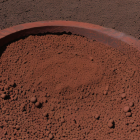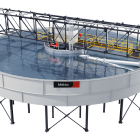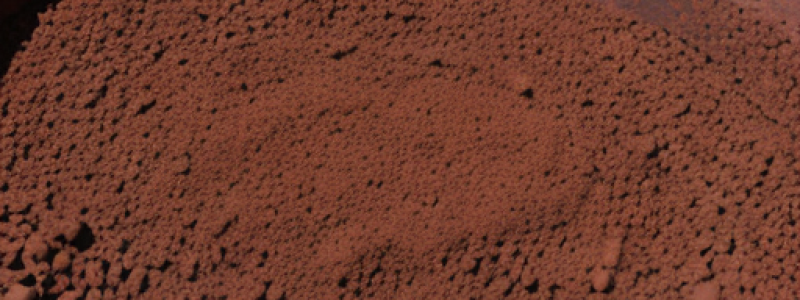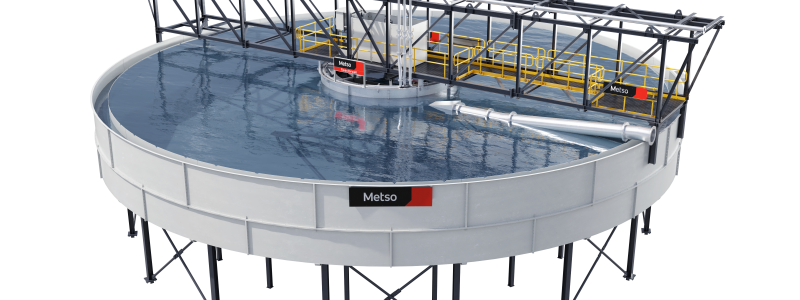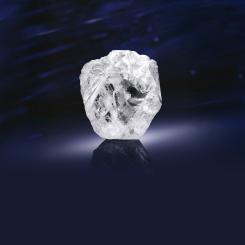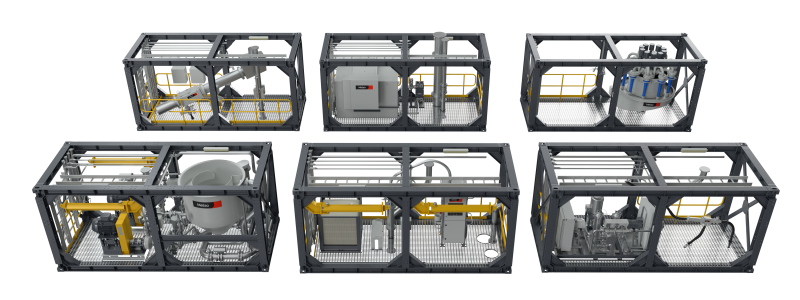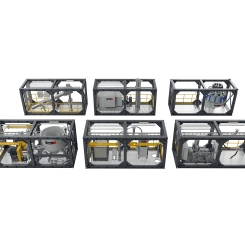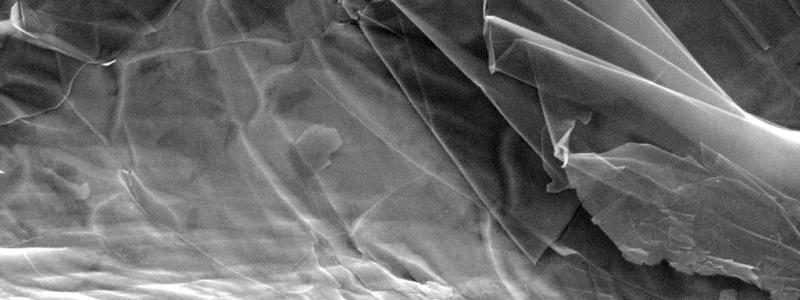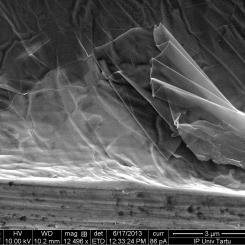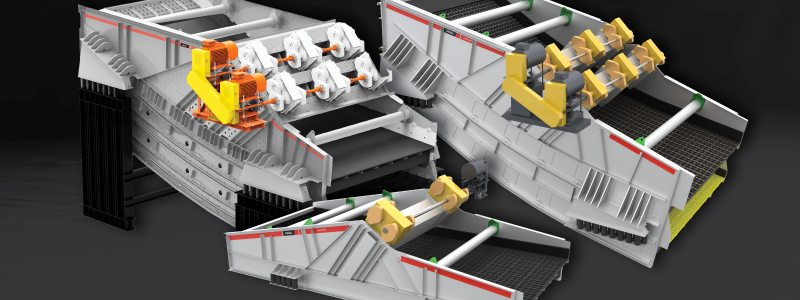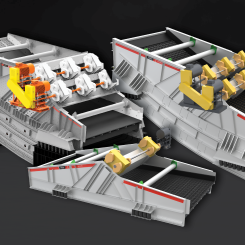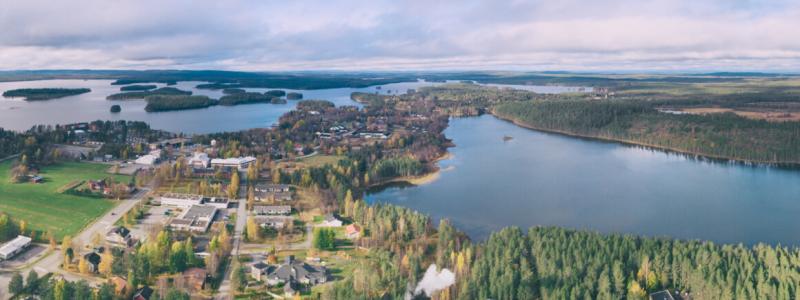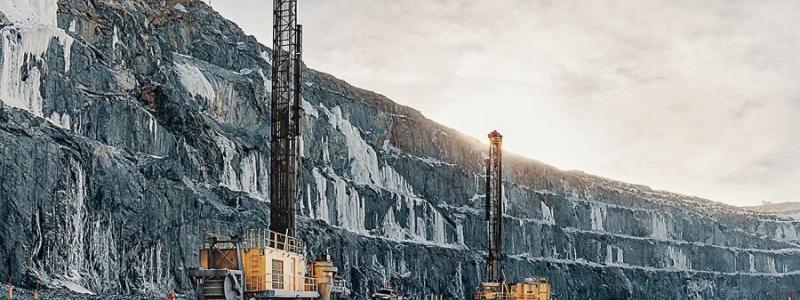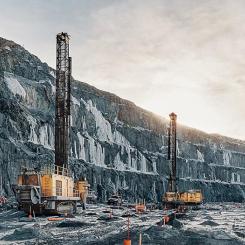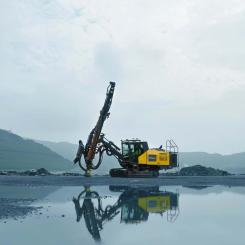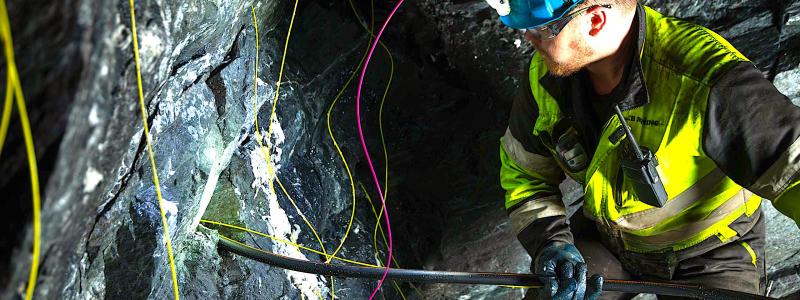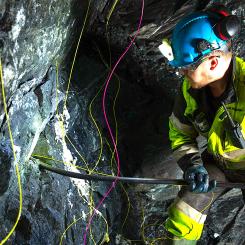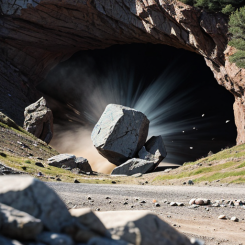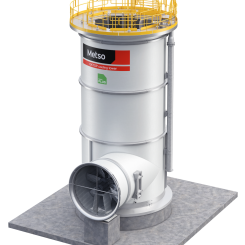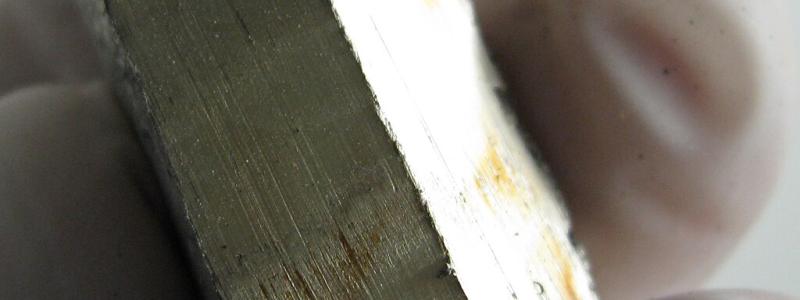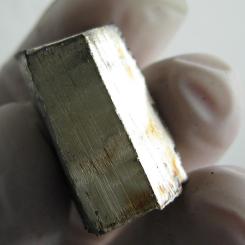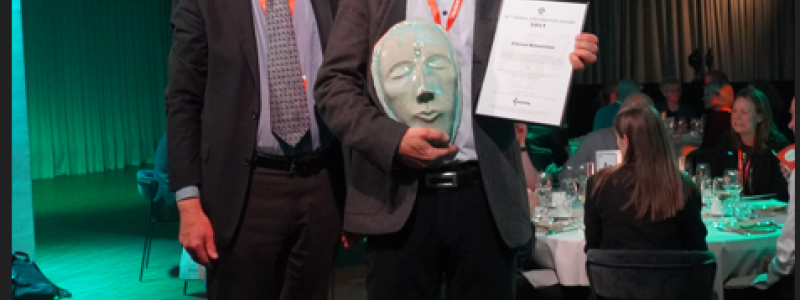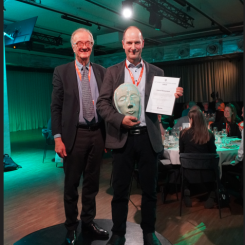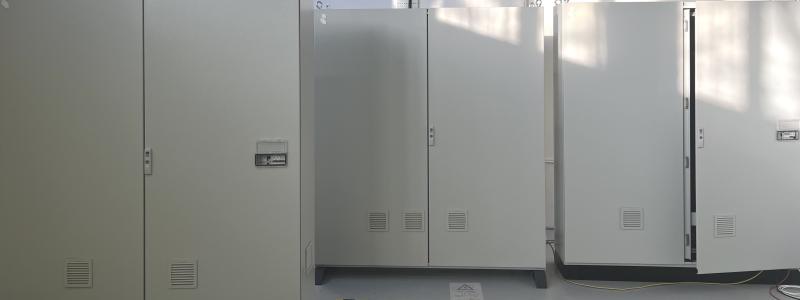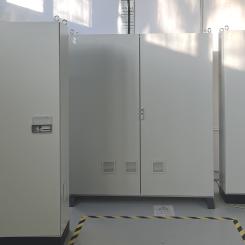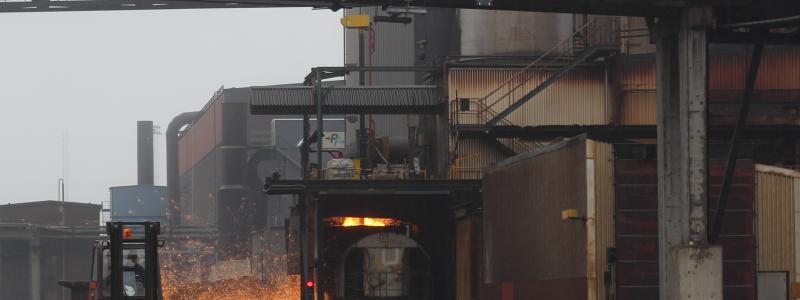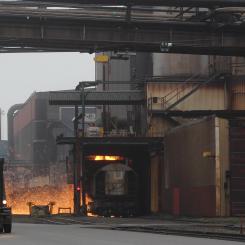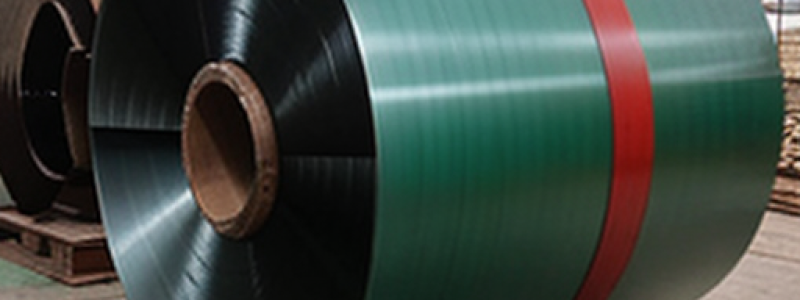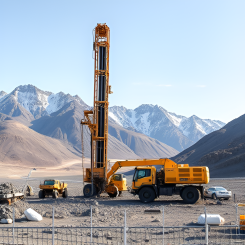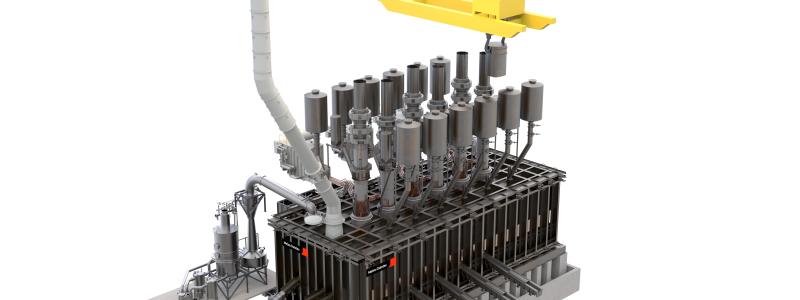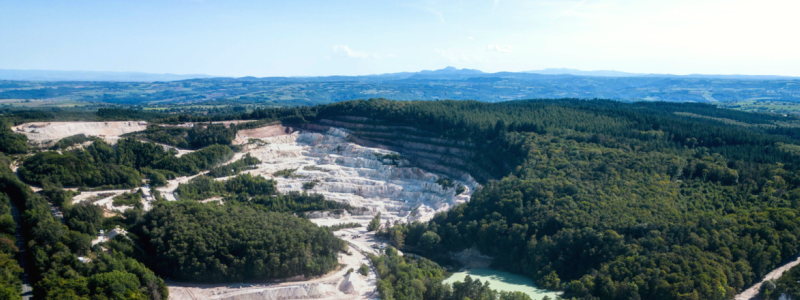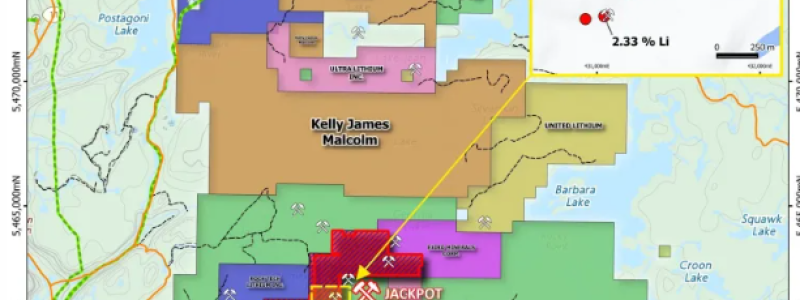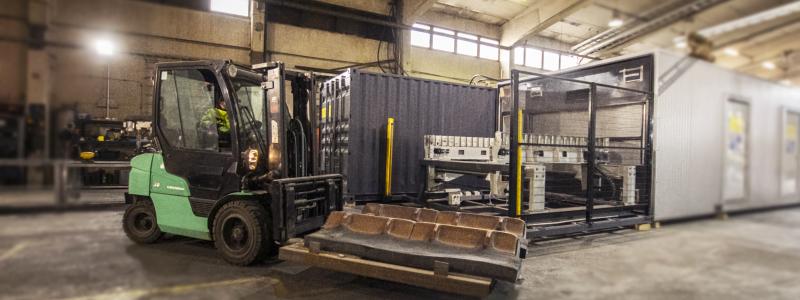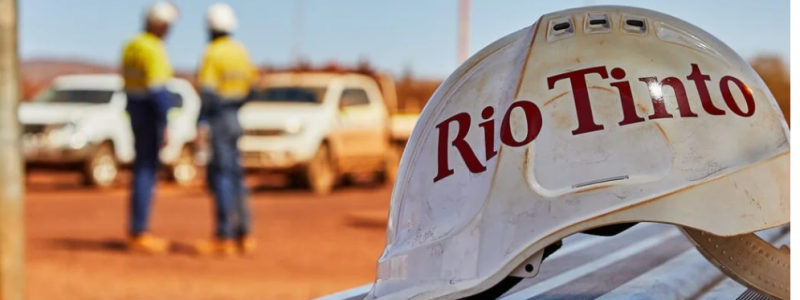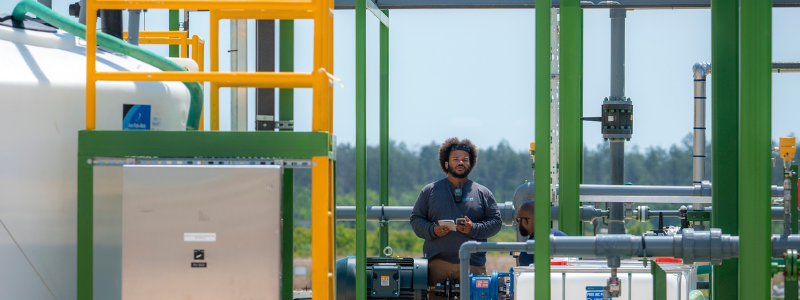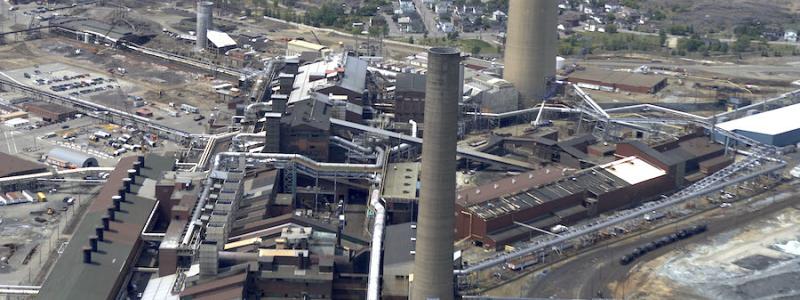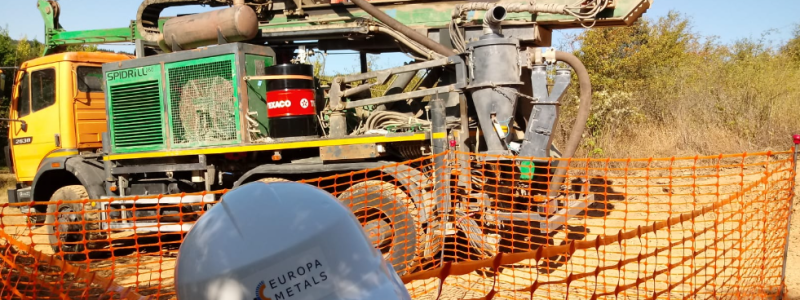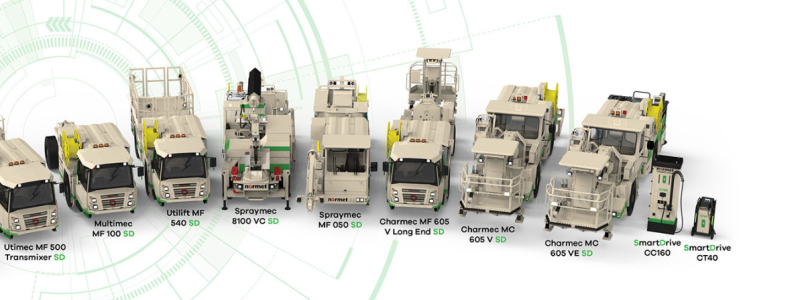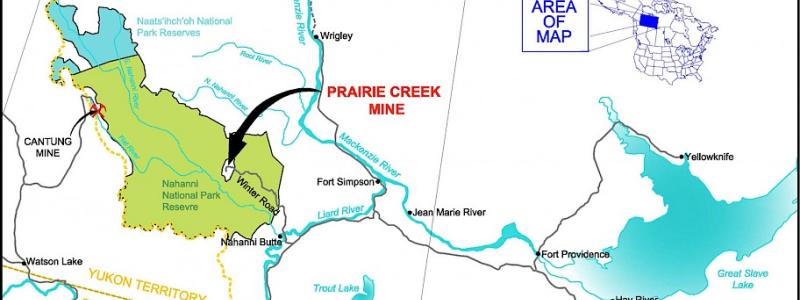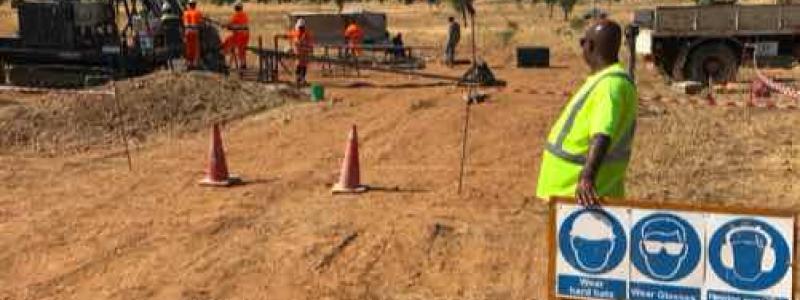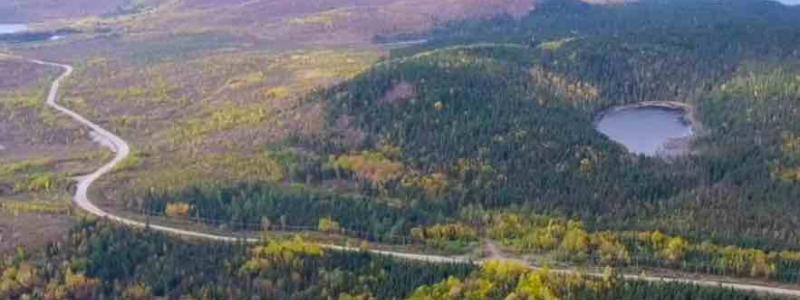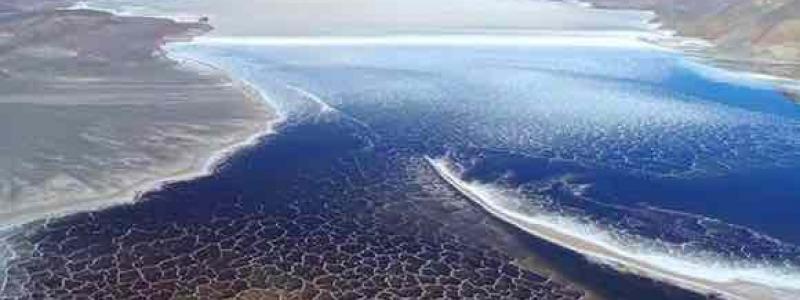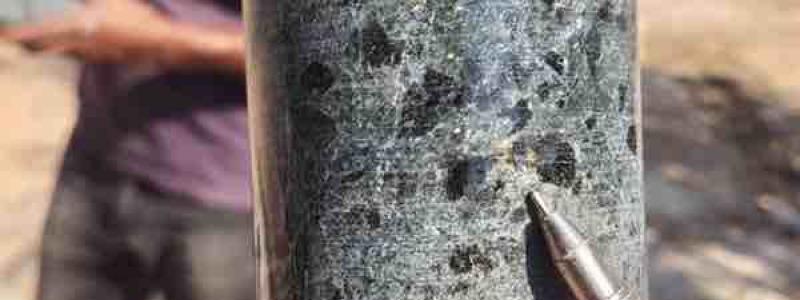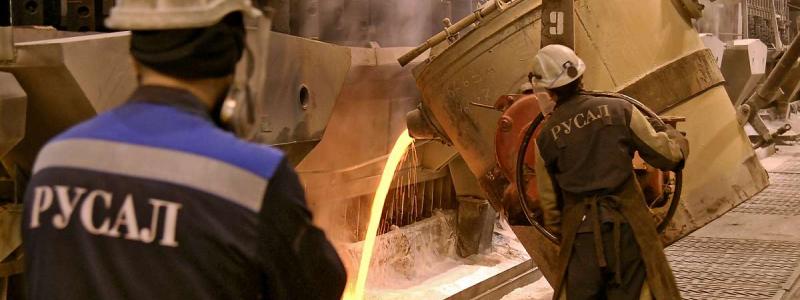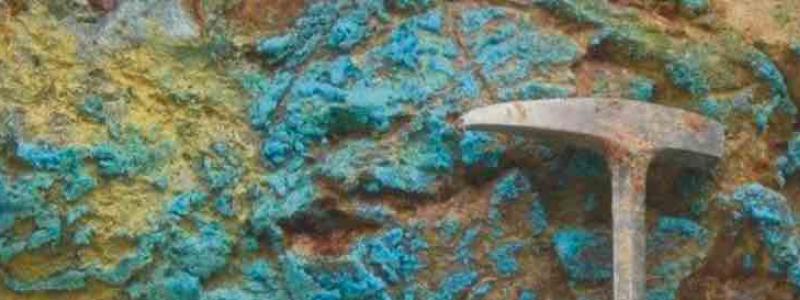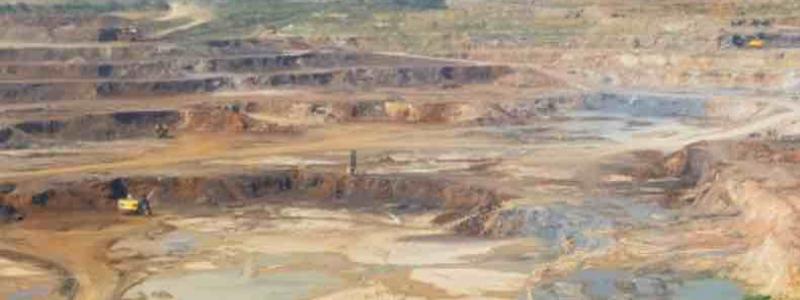Kiruna-type iron ore in Northern Sweden makes the largest part of Europe's iron ore production, but when it comes to how this ore was once formed, are the researchers not very united. However, the researchers from Uppsala University, together with international colleagues, are presenting now new results that show that most of the iron ore must be formed by magmatic processes in high temperatures. The results are published in the journal Nature Communications.
Despite increasing demand for rare metals, iron is still the most important metal for modern industry. Iron ore of so-called Kiruna type, named after the classic mine in northern Sweden, today represents over 90 per cent of Europe's total iron ore production and also constitutes a very important ore type in other countries worldwide.
Of the European instances, the mines in Kiruna and Malmberget today are the largest and most important. Large reserves are also available in now closed mines such as Grängesberg and Blötberget in Bergslagen. In addition to iron, these ores also represent a possible future resource for critical metals such as phosphorus and rare earth metals, many of which play a key role in the technologies of green energy production.
The origin and mode of formation of Kiruna-type iron ore have been much debated among researchers for more than 100 years and several very contrasting forms of education have been proposed. To approach a solution, the Uppsala-led research group systematically analyzed the isotopic compounds in the two elements - iron and oxygen - which build up the most important ore mineral, iron oxide magnetite. By comparing the results of ores in Sweden, Chile and Iran with both existing isotope data and completely new analyzes of magnetite from a variety of magmatic rock environments around the world, the research group can now show that over 80 per cent of the samples from Kyrgyz-type ores must be formed by magmatic high-temperature processes. in a volcanic to the shallow sub-volcanic environment.
The new research results constitute a unique dataset that has and will have great significance for the interpretation of these iron ore and which, by extension, shows that the world has probably experienced the outbreak of iron ore volcanoes several times through the geological history.
Source: Valentin R. Troll, professor at the Department of Earth Sciences, Uppsala University,


